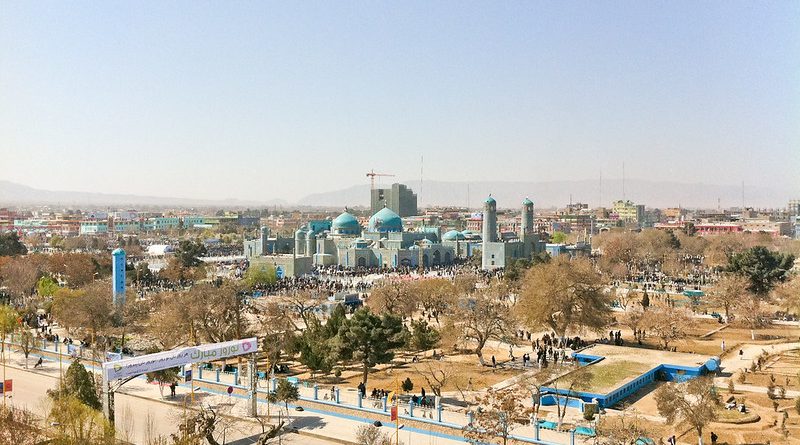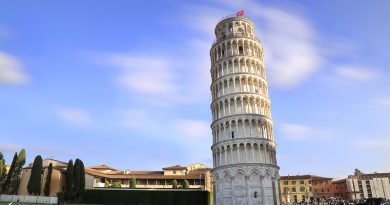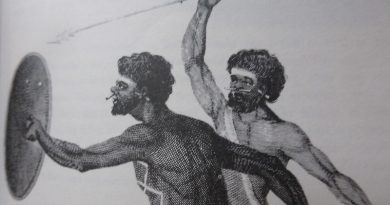Afganistan’s Great Mosques
Islam spread to Afghanistan around the 8th century AD.
A key impact of Islamic rule on the architecture in Afghanistan was the introduction of the universal religious building of the mosque, with aspects of the basic structure dictated by the religion itself. A mosque must face Mecca, or qibla, the direction of prayer, and contain a mihrab or prayer niche within the qibla wall. An ablution area allows for the requirement of cleanliness before prayer, and a clean, covered floor allows for the touching of the head on the ground during prayer.
There are few monuments in Afghanistan from the Abbasid, Saffarid, Ghaznavid, Seljuk, Ghorid, and Khwarezmian periods that survived the later destruction with the coming of the Mongols.
With the Qur’an restrictions depictions of animals or the human form, decoration of Islamic structures evolved with a more abstract aspect than previous eras. Much of this decoration utilised the literal text of the Qur’an.
A markedly Iranian influence is notable in the Ghaznavid and Ghorid periods,where tiles were arranged to form decorative inscriptions making up entire walls, a tradition later greatly developed in the Timurid era.
The oldest Islamic structure in Afghanistan is a square, nine-domed mosque at Balkh, built by the Abbasids in the 9th century AD.
Here are three of Afghanistan most striking Islamic sites.
Jam minaret
The 65-metre Ghorid minaret at Jam – one of two surviving monuments in Afghanistan from this period- and the two minarets at Ghazni are often cited as the most exceptional examples of Islamic architectural tradition.
With their height serving the purpose of marking the site of a religious structure, minarets almost always accompanied a mosque, and could either exist in connection to it or freestanding.
Mazar-e Sharif
The cobalt domes of the great Blue Mosque shoulder their way above the skyline of Mazar-e Sharif, glowing white-hot under the scorching Balkh sun.
Famed as the burial site of Ali bin Talib, the cousin of the Prophet Mohammad himself, it’s a gorgeous array of arabesque and south Asian architecture, complete with turquoise-blue domes and gold-peppered minarets.
However, Muslim history is just one aspect of Mazar-e Sharif, because this city is also home to countless Greek relics; ones that found their way here with the coming of Alexander’s armies in the 3rd century BC
The mausoleum
The mausoleum was a significant Islamic structure. At Mazar-i sharif there is a shrine to ‘Ali, the fourth Sunni Caliph, which today remains a point of pilgrimage for the Sunni Muslim population in Afghanistan.
The mausoleum typically involved either a domed square chamber or a conical cupola atop a tower. An iwan, an ornamental vaulted entrance portal, was a common later addition.The iwan originated in pre-Islamic Central Asia, and saw itself incorporated into many mausoleum and mosque designs with the Islamic expansion, particularly in architecture of the later Timurid period.The dome was another essential form utilised particularly in mausoleums and mosques.
Herat
It’s easy to see why Herat – the third-largest city in Afghanistan – has such a Persian flavor to it: the town sits just a stone’s throw from the Iranian border, and it was once the home of the Timurid dynasty (a lineage that fused elements of Turkic, Persian and Mongol culture in their time). The great piece de resistance of the city is The Friday Mosque.
This elegant structure of turquoise-tipped minarets and shimmering tiles is sure to wow the senses – it’s thought to be more than eight centuries old! There’s also the Herat Citadel to see, and the tombs of revered Sufi poets.




